Your elbows can provide direct insight into your health. As unusual as it may seem, dry skin that won’t improve with the best cream on the market, or dark elbows, could be essential signs about your health. In this Borcd Panda article, we’re going to tell you 10 signs that your elbows may be showing when something is not quite right.
Content is provided for informational purposes only and is not intended as a substitute for medical advice. Seek guidance from your doctor regarding your health and medical conditions.
1. Black or darkened elbows.
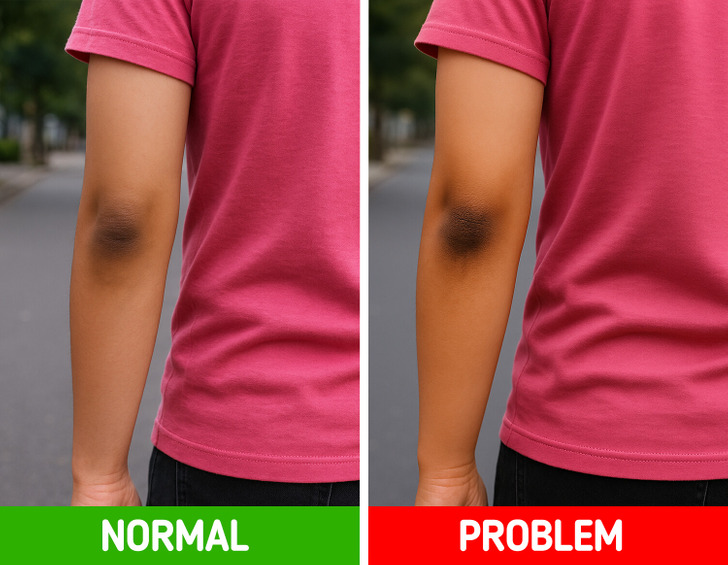
Discolouration on the elbows can be caused by rubbing or be a warning sign.
Hyperpigmentation in this area may be related to deficiencies in vitamin B12 or to hormonal problems such as hypothyroidism or insulin resistance, which can be a precursor to diabetes. If you also notice that the skin is thickening or developing an unusual texture, you should consult a dermatologist.
2. Persistent itchiness of the elbows.
If you have persistent itchiness that doesn’t respond to cream, it could be a sign of atopic eczema, contact dermatitis or even liver disease. If the itching becomes chronic or is accompanied by redness, stop scratching and schedule an appointment with your doctor.
3. Warts or bumps on the elbows.
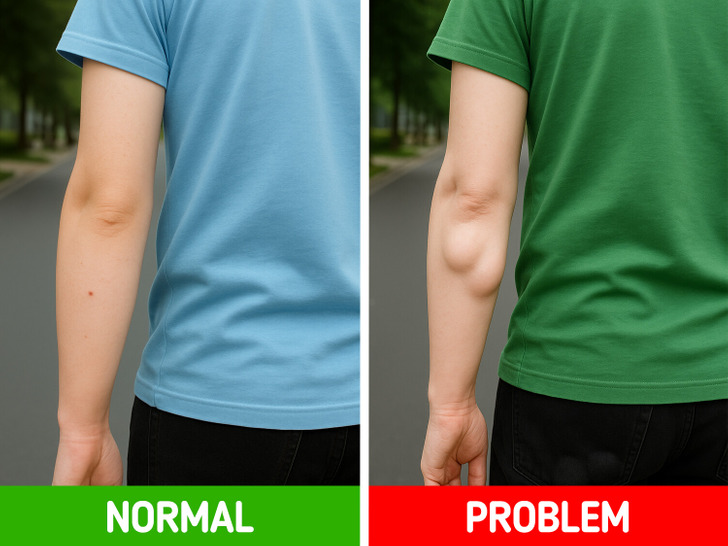
Lumps on the elbows can range from simple lipomas (benign fat accumulations) to nodules that are a symptom of more complex conditions, such as rheumatoid arthritis. If a lump is painful, changes in size, or interferes with movement, you should arrange an ultrasound scan and make an appointment with your doctor.
4. Pain when resting or moving them.
Elbow pain is not just an issue for professional athletes. Conditions such as golfer’s elbow or tennis elbow (epicondylitis) can result from repetitive motions or poor posture. However, they may also indicate a nerve injury, such as ulnar nerve compression, which can result in numbness in the fingers.
5. Dry, cracked or scaly skin.
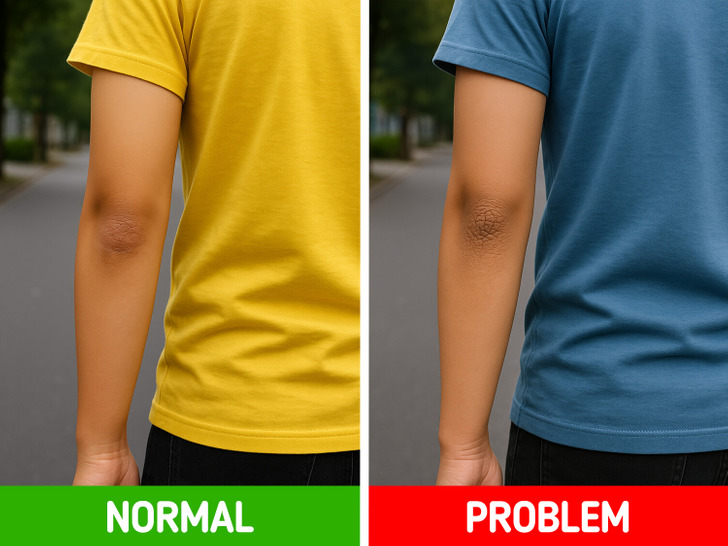
Do your elbows resemble a pumice stone more than a body part? This could indicate a deficiency in vitamins A or D, which affect cell turnover and hydration. Alternatively, it could be psoriasis or eczema, particularly if the dryness is accompanied by itching or inflammation.
6. Elbow skin that’s always cold or pale.
This could be a sign of circulatory problems or hypothyroidism. If your skin is cold, pale, or lifeless, it may be a sign that there is an issue with your blood flow. If you also feel constantly tired, don’t ignore it.
7. Elbows with cracks or wounds that do not close.
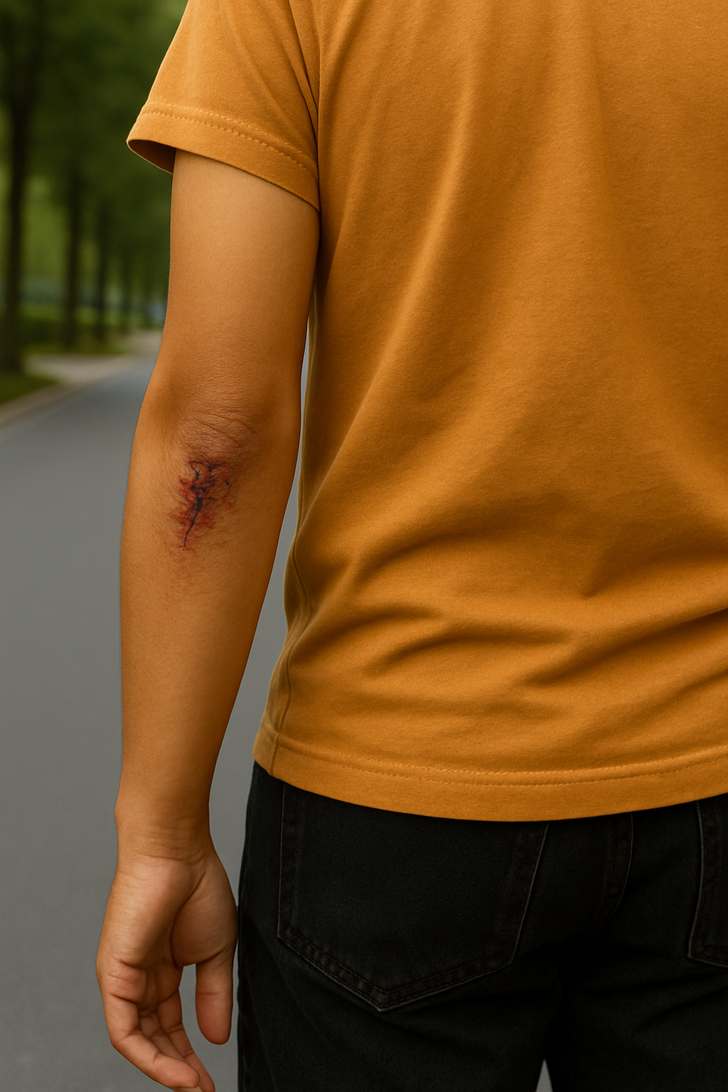
This could be a sign of dehydrated skin or uncontrolled diabetes. If your elbows are constantly battling with the dry air and always losing, it’s time to investigate further.
8. Loss of sensitivity or tingling.
That “tingling” or “electric” sensation may be due to compression of the nerves in the elbow. One of the most common causes is cubital tunnel syndrome. While it may initially seem like simple numbness, if it recurs frequently, it requires attention.
9. Chronic redness or inflammation.
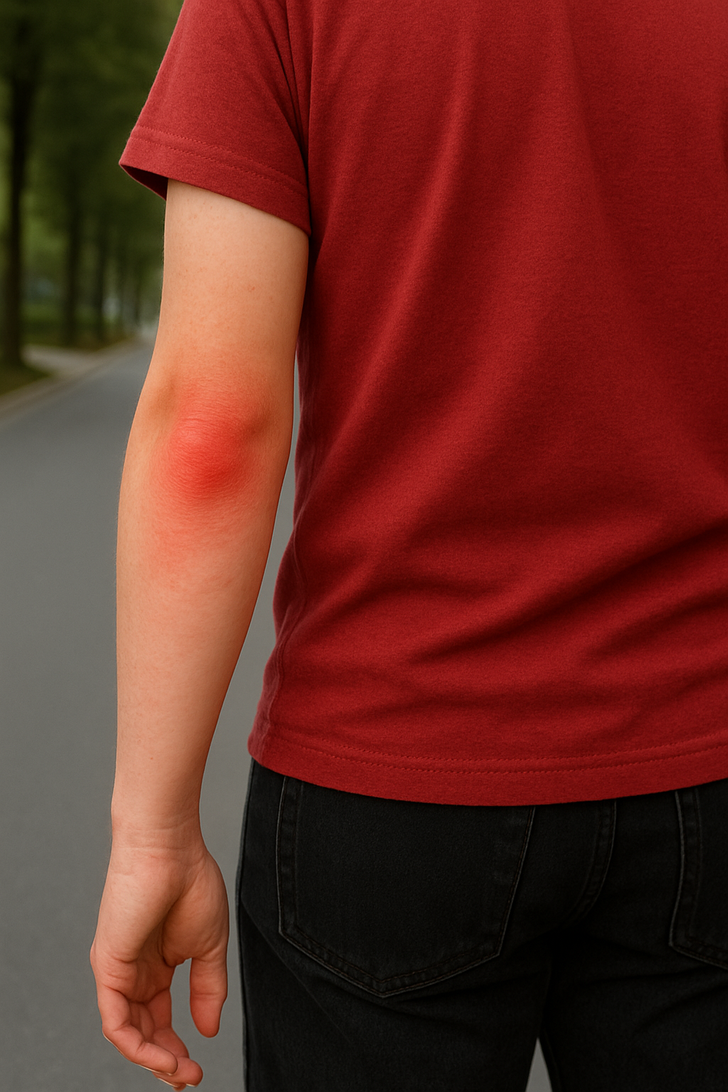
If your elbows are red, it may be a sign of chronic local inflammation. Causes can include olecranon bursitis (fluid accumulation) or systemic problems such as gout.
10. Texture changes: Thick or crusty elbows.
Do your elbows feel hard and shell-like? This could be a sign of psoriasis, an autoimmune disease that affects the skin, or keratosis pilaris, a prevalent condition that is often overlooked. Fortunately, there are effective treatments for both conditions.
Your elbows are silent thermometers of your overall health. Watching them, touching them and noticing their changes can give you valuable clues about what your body needs, from vitamins to medical checkups.
Want to learn more about how small details of your body reveal big things? You can read this article here to learn what your eyes reveal about your health; you’ll be surprised!
Credits by: brightside.me






